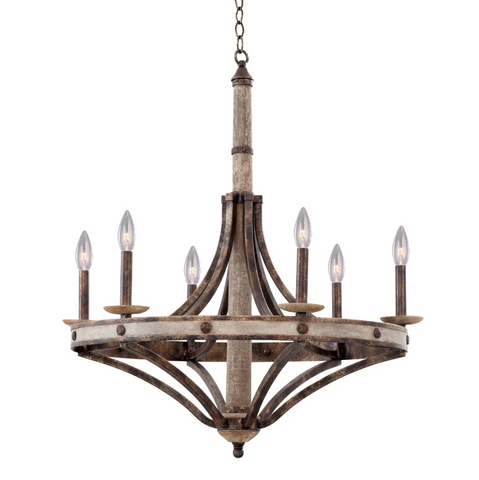History of Post-Modern Lighting
Lighting design has been an essential aspect of architecture and space design for centuries. However, in the postmodern era, lighting design has taken on an entirely new dimension. Postmodern lighting design has evolved from the traditional classical styles of the past to avant-garde, unconventional and often abstract approaches. This article will explore postmodern lighting design, its brief history, its characteristics, and how it has impacted modern architecture and design.

A Brief History of Postmodern Lighting Design:
Postmodernism emerged in the 1960s as a reaction to modernism which had dominated architecture in the early 20th century. The postmodern approach was to reject the strict rules of modernism and to embrace a new style that was eclectic, often playful, and more human-centered.
In architecture, postmodernism was characterized by the use of a mixture of materials, diverse, and often contradictory designs, and an emphasis on ornamentation. As lighting played a crucial role in architecture, postmodern lighting design emerged as an extension of postmodern architecture.
Postmodern lighting designs usually had bold forms, vibrant colors, and complex shapes. Designers saw lighting as more than just a tool for illumination; it was now a means of expression, a way to create mood and enhance the atmosphere. Lighting became an integral part of the architectural design, no longer just a functional fixture.

Characteristics of Postmodern Lighting Design:
Postmodern lighting design is characterized by its vibrancy, sculptural quality, playfulness, and use of multiple materials and colors. It often defies conventions and eschews the traditional notion of a light fixture. Lighting design no longer served just to illuminate space but also had an aesthetic, sculptural function.
Postmodern lighting design also played with the idea of abstraction. Rather than just being a functional tool to light up a room, the designers often intentionally created a sense of tension or confusion in the viewer. They experimented with lighting sources, laying them in unusual patterns or even breaking them into pieces to create a unique and abstract look.
In postmodern lighting design, designers are more concerned with the overall experience in a room than the actual light itself. Lighting became part of the story that the designer wants to portray, with the entire space as the canvas for light to play on.

Impact of Postmodern Lighting on Modern Architecture and Design:
Postmodern lighting design has had a significant impact on modern architecture and design by challenging traditional design forms and introducing a new, more open-minded and, often, playful approach to design. It has blurred the lines between functional lighting and decoration, giving architects and designers a broader range of creative possibilities.
Postmodern lighting design often uses sustainable technology and smart systems to conserve electricity while creating a beautiful atmosphere. Advancements in LED and other lighting technologies have opened up new possibilities for postmodern lighting designers, allowing for more precise and intricate designs.

How Postmodern Lighting Design Influenced Modern Architecture:
Postmodern lighting design has had significant influences on architecture. By utilizing sculptural lighting fixtures, architects can break up the monotony of a space, accentuate particular features, and create an entirely different atmosphere. For example, in a nightclub, lighting could play a significant role in creating the appropriate atmosphere or mood that complements the music and the entire experience of the evening.
Postmodern lighting design has also helped create and define space by playing with the perception of volume. This lighting design approach can give a sense of height to a room and create dramatic effects by emphasizing parts of a room and playing with light contrast. Modern architecture and design have moved away from the boxy and monochromatic forms of traditional design.
With postmodernism's influence on lighting design, architects have the freedom to experiment and adapt lighting fixtures to new and unconventional shapes. Thus, we now see lighting fixtures that amaze observers with their complex geometries, colorful patterns, and fluid lines, all backed up by innovative technology.

Postmodern lighting design has come a long way since its origins. As architects have increasingly shifted focus towards the environmental impact of buildings, lighting design has continued to evolve, with a much stronger emphasis on sustainability and energy efficiency. Postmodern lighting design began as a response to the rigid formality of modernism and has now developed into a separate discipline in contemporary architecture and design. This approach has helped create new possibilities in architecture and has given designers unprecedented access to a whole new world of creative options.
Postmodern lighting design has left an indelible impact on modern architecture and design. It has championed the use of unconventional shapes, colors, and materials and shifted the focus from strict functional lighting to lighting that has an aesthetic, sculptural function. As new lighting technologies continue to emerge, architects and designers will continue to push the boundaries of this field, providing new inspiration that merges both form and function.






















Leave a comment